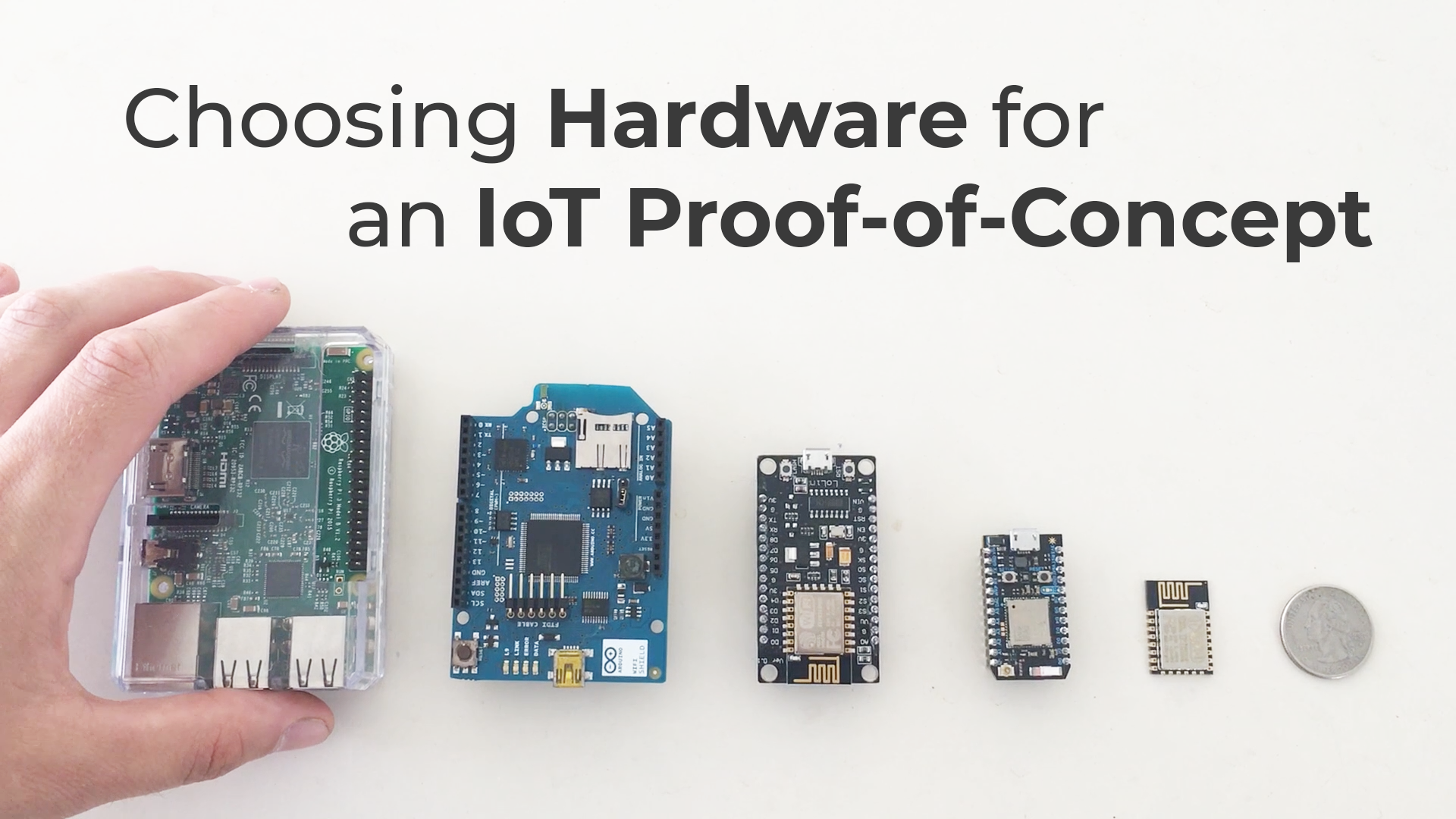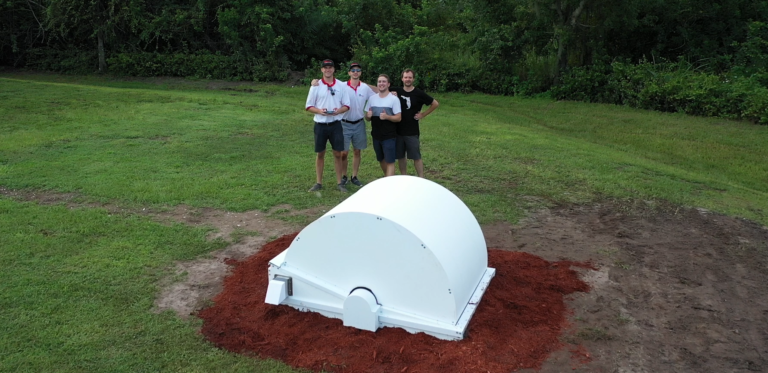Choosing hardware to prototype with in the realm of IoT can be overwhelming. There are so many choices! And, there’s so many constraints when it comes to putting a piece of hardware into production:
- Power requirements vs. availability
- Internet connectivity options
- Processing requirements
- Preferred programming language support
- Security
- Manufacturer’s support
- Availability
- Longevity
My advice is simple: Don’t worry too much about those constraints when you are just getting started. To make a prototype, focus on what’s going to allow you to fail early and often. In my experience, the prototype will only serve as a reference for the real thing. So, use the hardware that will allow you to get up and running quickly and worry about the constraints later.
For example, if you know JavaScript really well (or your team does), and your aren’t sure what processing power you’ll need, go with a microcomputer with some decent computing power that supports a mainstream operating system like a flavor of Linux or Windows. While options like Raspberry Pis with Windows 10 IoT Core or Raspbian works, don’t be afraid to spec out an Intel NUC or something similar if you want the full power of a desktop processor. This is a proof of concept, after all.
For me, I know the .NET platform pretty well, I’m familiar with C#, and I’ve used the Raspberry Pi with Windows 10 IoT Core before. I think I’ll stick with this tried-and-true formula (at least at first) as I validate that I can get information from a sensor reading the coolant temperature on the Bronco and send it up to Azure using IoT Hub.
Once the concept is proven, assuming that the concept is something like “Can we take this outdated protocol from an old machine and run it through an IoT edge device and get it to the cloud?”, the next step is to take those constraints into consideration and move the code to the hardware that will support those constraints. I’ll cover that another day!

